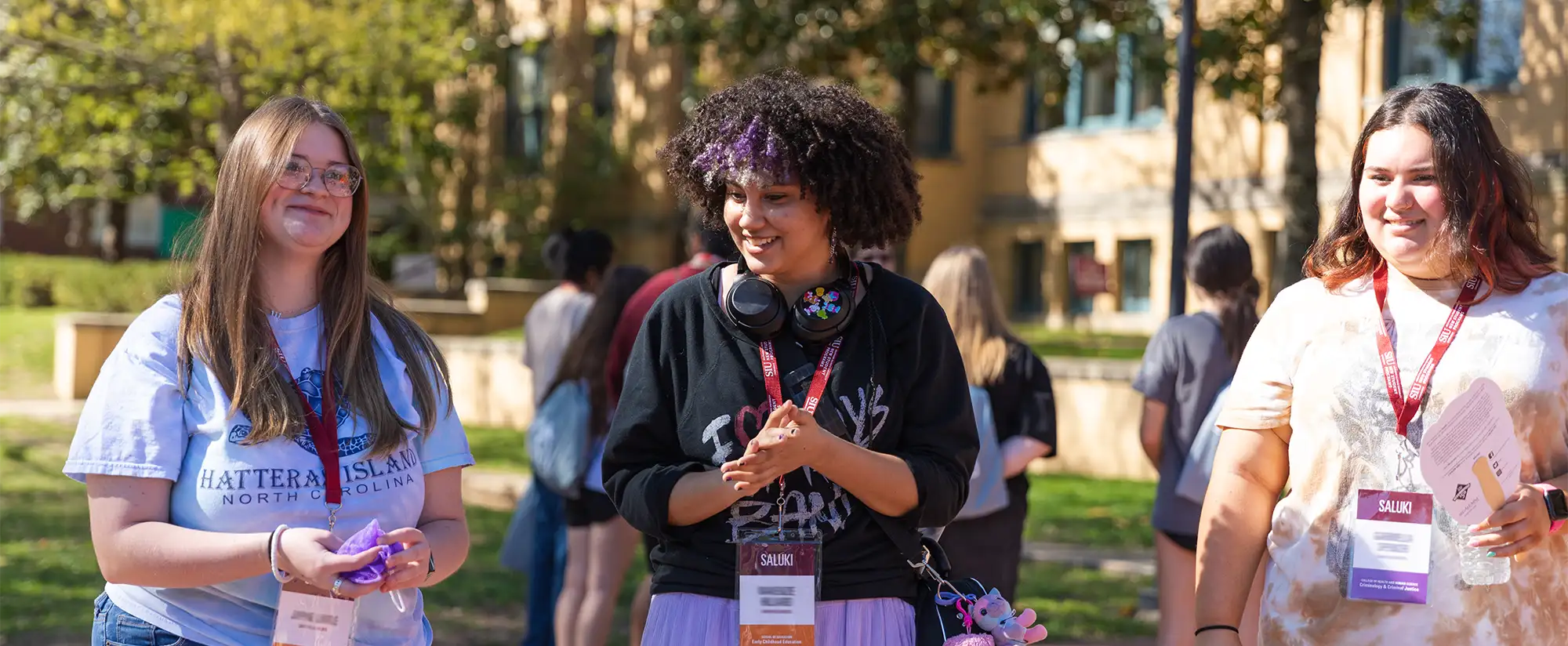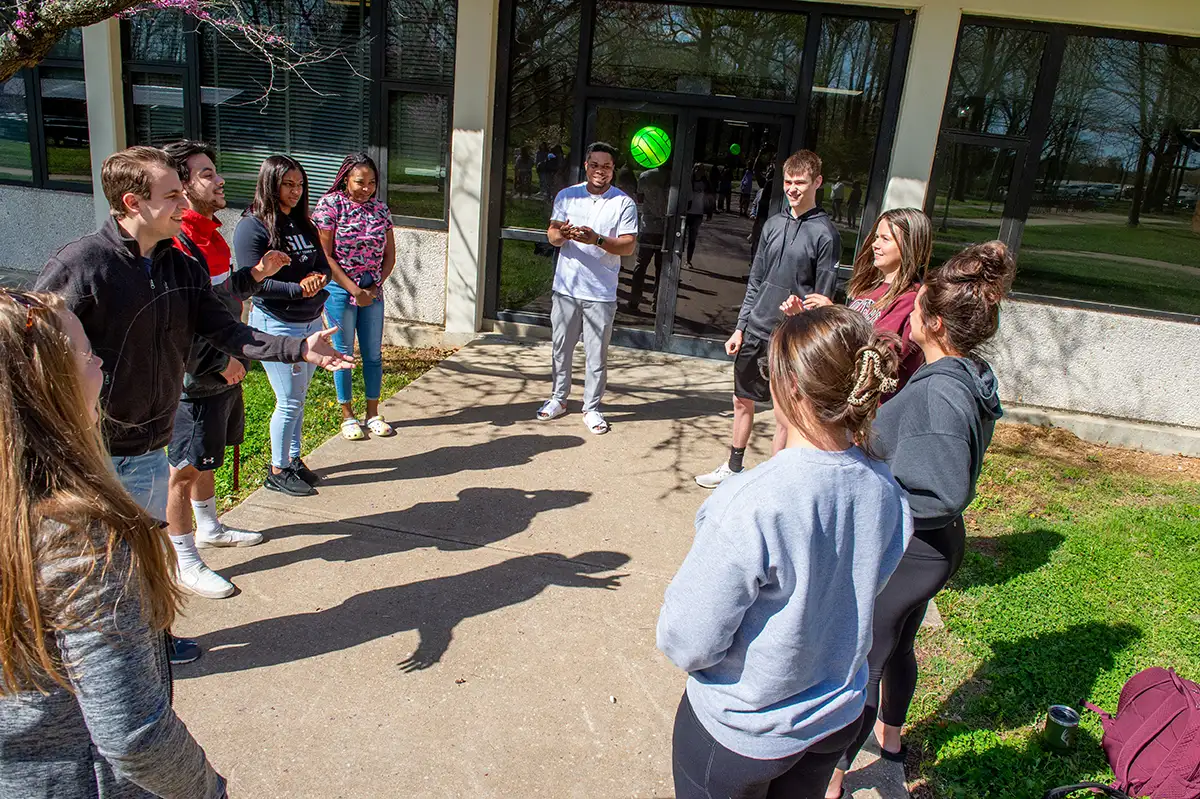Integrating Experiential Learning into Your Course
Practical Considerations for Experiential Learning
Experiential learning requires that faculty give students more responsibility and authority over their learning. Therefore, faculty must be planful in their approach to facilitate a meaningful learning experience for students to lead a process of helping learners identify the knowledge they require, acquire skills in the process of learning, and reflect on the experience. Faculty should be mindful of philosophical considerations while the learner is actively engaged in the process by belonging, doing, sensing, feeling, thinking, and being (Beard & Wilson, 2013). Beard and Wilson (2013) lay out six practical considerations for designing experiential learning activities below:
- Where? Where and with whom does the learning take place?
- What? What will the learners do?
- How? How will learners receive the experience through their senses?
- Hearts? How will the emotional self of the learner be engaged?
- Minds? What do learners need to know?
- Change? How can learners be encouraged to change?

Designing Experiential Learning
To get started with experiential learning design, there are several steps outlined for faculty (Beard & Wilson, 2013).
- Identify which parts of your course can be instructed more effectively with experiential learning.
- Identify any potential activities that match the course learning objectives.
- Identify how the potential activity complements the overall course of study.
- Determine the assessment method and grading criteria that would match the proposed activity.
- Identify learner population needs and the logistics of implementing the proposed activity.
Instructors should use a problem-solving approach or start with a question with more than one possible answer. Effective experiential learning necessitates that the instructor clearly defines group work agreements, the learning goal of the proposed activities, and big-picture relevance. Below is a guide for holistically integrating experiential learning in a course.
- Use a major project or field experience to guide learning over the entire course.
- Use a combination of projects, classroom activities, and external experiences.
- Ensure activities are challenging, yet manageable.
- Provide clear expectations for students.
- Allow the students the necessary time to identify, clarify, and keep focused on their problem.
- Allow students to change direction midstream.
Reflection
It is important to provide learners with opportunities to reflect on direct experiences as critical reflection gives meaning to the learning experience and creates a sense of accomplishment. A strategy that can enhance the reflection process is pre-flection where learners imagine their experience and express feelings of anticipated involvement. Being able to look back on their pre-experiential learning thoughts and feelings and compare them with actual experience has the effect of deepening insights into the relevance of learning.
When designing reflection, instructors should make a few practical considerations:
- What learning outcomes will learners achieve through reflection?
- When and how often will reflection occur?
- Is reflection an iterative process where learners build on it throughout learning?
- Where will the reflection occur? Classroom? Experiential learning sites?
- Will learners reflect individually or collectively?
- What is the medium outlet to share the reflection? Blog, presentation, essay?
- What prompts will guide the reflection process?
- How will instructors assess whether learners have achieved the intended learning outcomes?
